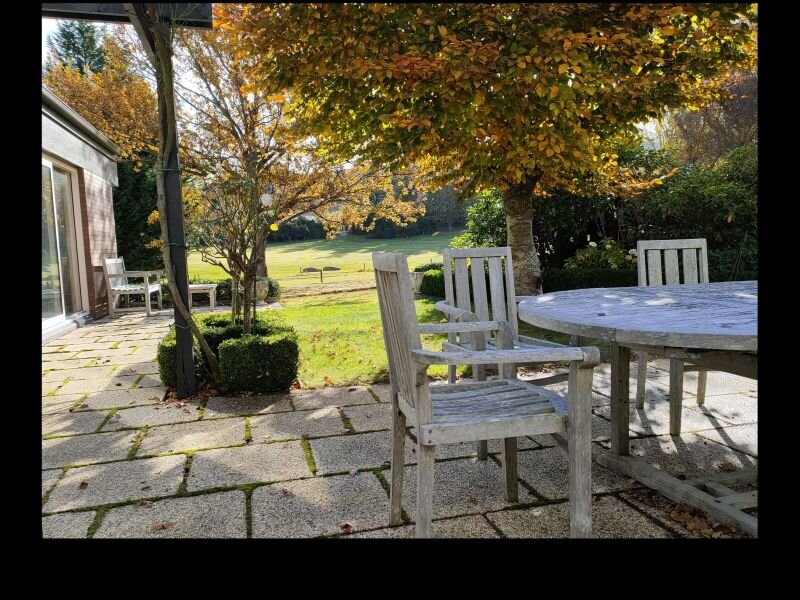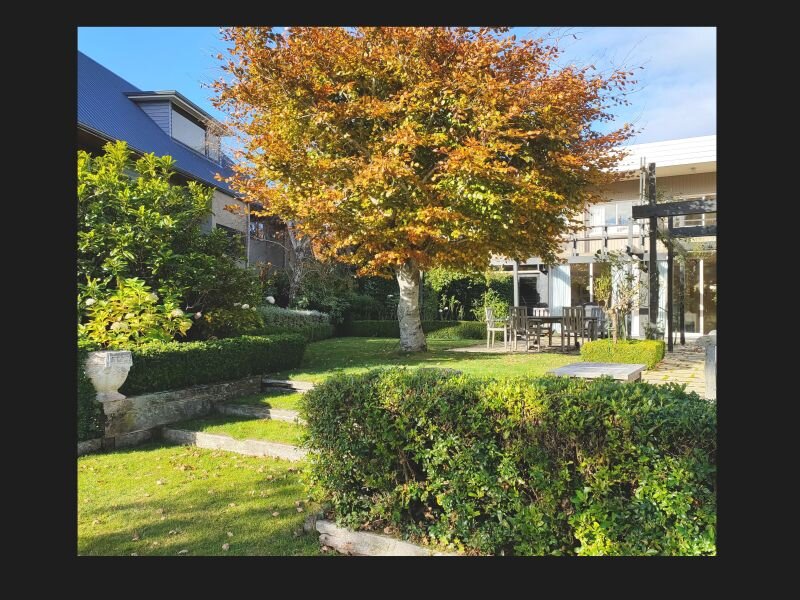Borrowed views; to progress and change is human
/Having repeatedly heard of dilemmas facing property owners over changes to their views as their neighborhood progresses and changes through the decades, I thought it timely to write about the ‘borrowed vista’ (or borrowed view) that enhances so many properties.
In our beautiful country, so many properties look beyond the borders of their space which we call a borrowed vista.
If you are lucky enough to have a distant view, it will also help pull the on-looker towards the horizon and at the same time expanding the view from the property boundaries. Even a short-distance view to a neighbor’s lovely collection of trees will create a trickery that your garden appears much larger than it actually is, playing with perspective.
The way to capitalize on a borrowed view is called framing. A common device in garden design, it involves deciding on what element you want to feature, then blocking the surrounding scenery to focus on just that view. For example, an archway cut into a tall hedge or a two bold trees either side of an attractive distant scene.
The dilemma comes with the view, when it changes significantly over time. This can even lead to the home owner deciding to leave the property!
If the situation arises where you feel that way, and it cannot be resolved through discussion with the other property owner, or local council, there is the option to talk with your legal representative. You may be able to make an application under the Property Law Act 2007, asking the Court to consider your dilemma.
Make careful consideration of “what would happen if this view wasn’t there anymore?”. A landscape designer will be able to consider other options for you, if you want a fresh pair of eyes to enhance your views from the house and the garden, if a need arises. It may mean looking further within the bounds of your garden to create your own beautiful vista’s. There may be opportunities to effectively screen a less desirable view and shift the focus closer to the house. Establishing an attractive small tree, or placing a beautiful statue or pot can become a new focus for the garden. Mirrors are also a clever design trick, to reflect the sky or other foliage and enhance the view in this way.
When on one hand, the garden’s constant evolution is an exciting factor, this also means that the owner needs to be prepared for probable fine tuning as the years go by. Gardens and outdoor spaces may become used differently as the owner matures, neighboring property uses become changed, trees and shrubs that are not within your boundary may become a menace. In 10 years, the lovely farm view you have could quite possibly be the next subdivision… The best solution is to constantly be prepared to make the changes as they arise. No garden is static, and to progress and change is only human, as it is to gardens!
This beautiful Dunedin garden was designed by Leisa Browne of Leaf Landscape Design, back in 2003. The copper beech was spared from removal and became the main central garden feature. The remaining garden cleverly uses the borrowed view of the golf course beyond. The large tread steps are cloaked in grass to blend the house lawn and the links together as one. A clipped evergreen hedge and classic urn on each side gives a simple but elegant frame to the view.




